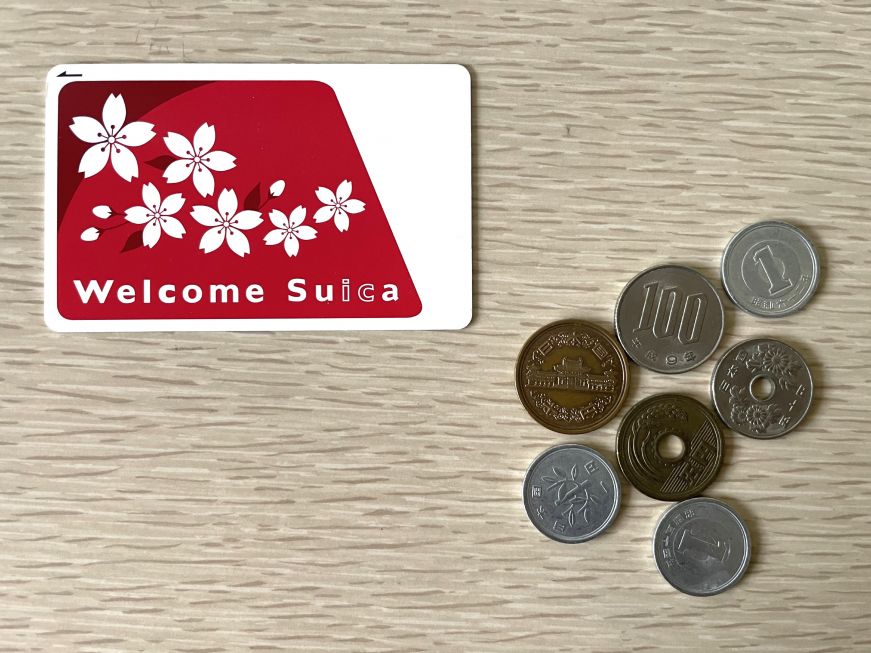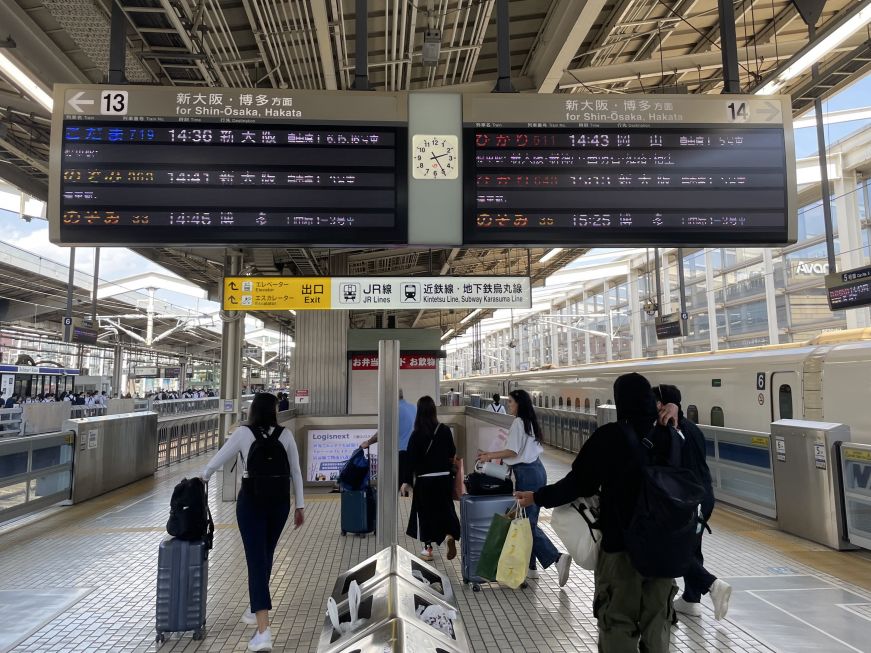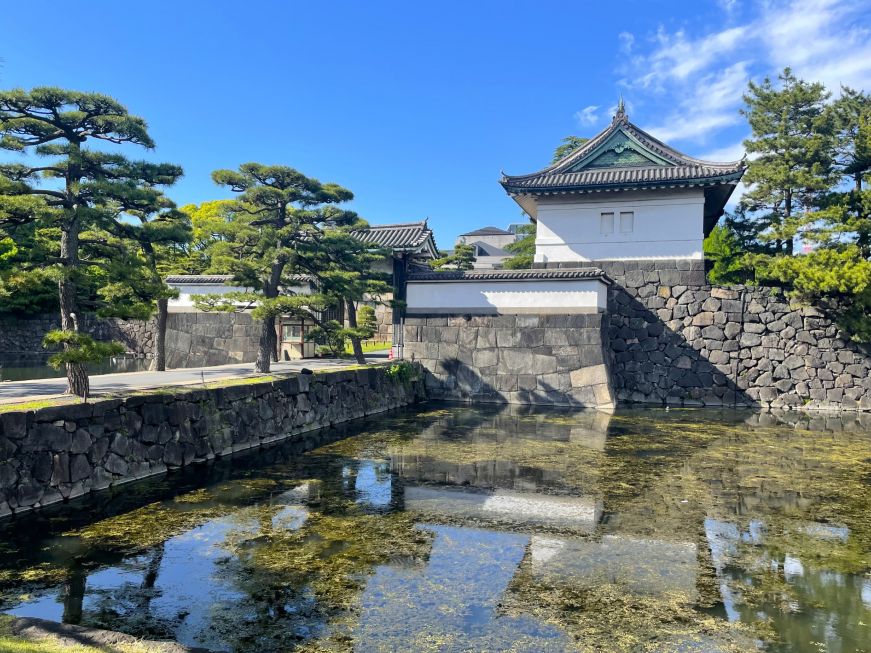
This isn't a sponsored post, and it doesn't contain affiliate links—every product or service I mention was paid for out-of-pocket and I genuinely recommend it.
This post was originally published on July 30, 2024 and was most recently updated on November 14, 2025.
My trips to Japan have been among the best travel experiences of my life. Japan is the most orderly, considerate place I've ever visited—that's great when it comes to the efficient mass transit system and clean, quiet public spaces, but it also means that there are social norms that I was often oblivious to. At least once a day, I felt self-conscious for throwing a wrench into the near-seamless functioning of Japan.
Here are my tips for making sure your trip to Japan goes as smoothly as possible, from planning and packing to navigating mass transit and restaurants. And don't worry if you mess something up—experiencing Japan is worth a few faux pas.
Planning
1. Do your research.
I am an obsessive planner, whatever the destination, but I will concede that there are some places where you can wing it and have a great time. I don't think Japan is one of those places since many things are done differently than the U.S., including the prevalence of cash-only businesses, the process of shipping your luggage between hotels, and the cultural taboos around tattoos. Plus, the language barrier makes it more difficult to make plans as you go.
I relied heavily on Fodor's Essential Japan to plan our trips and found it to be useful for providing cultural background and travel tips as well as information on specific sights. I also found several Japan posts on two of my go-to travel blogs, Never Ending Voyage and Neverending Footsteps, to be quite helpful. Japan Guide was invaluable for researching specific sights throughout the country, and city-specific websites I found helpful include Truly Tokyo, Inside Kyoto, and Tokyo Cheapo.
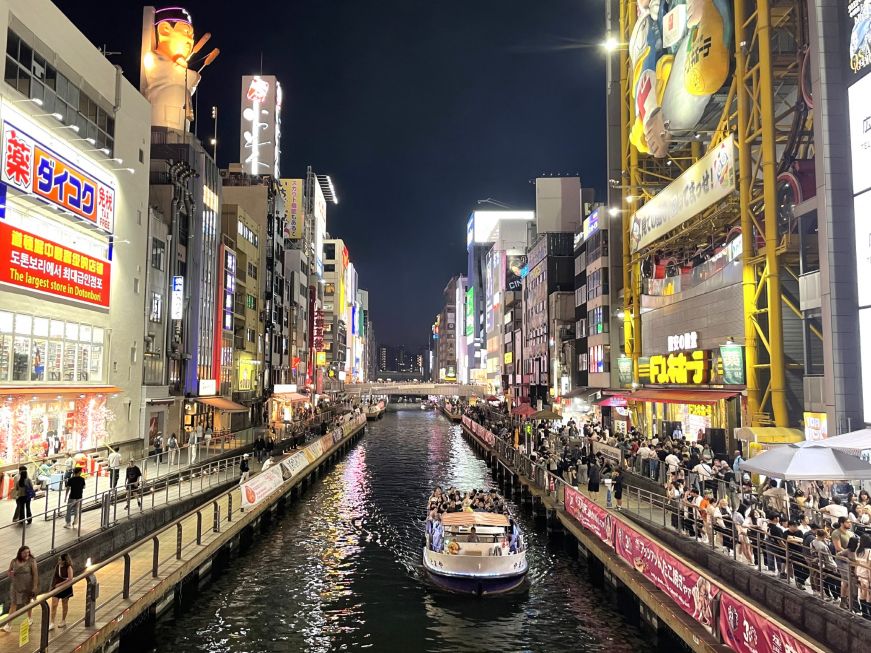
2. Memorize a few basic phrases.
I don't have a great ear for languages, so I knew that learning Japanese (even at a very basic level) was out of the question. However, I do recommend memorizing a few simple phrases—Japan is a politeness-focused society, and it felt more courteous to make an effort.
I used arigato gozaimasu (the polite form of "thank you") and sumimasen (excuse me/pardon me/I'm sorry) constantly. I also occasionally used konnichiwa (hello during the day), konbanwa (good evening), and onegai shimasu (please).
I found these YouTube videos helpful for both cultural tips and pronunciation: Japanese phrases you need for traveling Japan by Currently Hannah, Top Japanese Phrases You Need Before Traveling to Japan by Tokyo Cheapo, and 10 Japanese Phrases Every Traveler Should Know by TabiEats.
3. Learn to use chopsticks.
Chopsticks are the default utensil in Japan and being able to eat with them will make your life so much easier. Before your trip, buy a pair of chopsticks and practice using them at home for all kinds of cuisines—pasta, salads, roasted vegetables, eggs, rice dishes, whatever you don't need to cut with a knife.
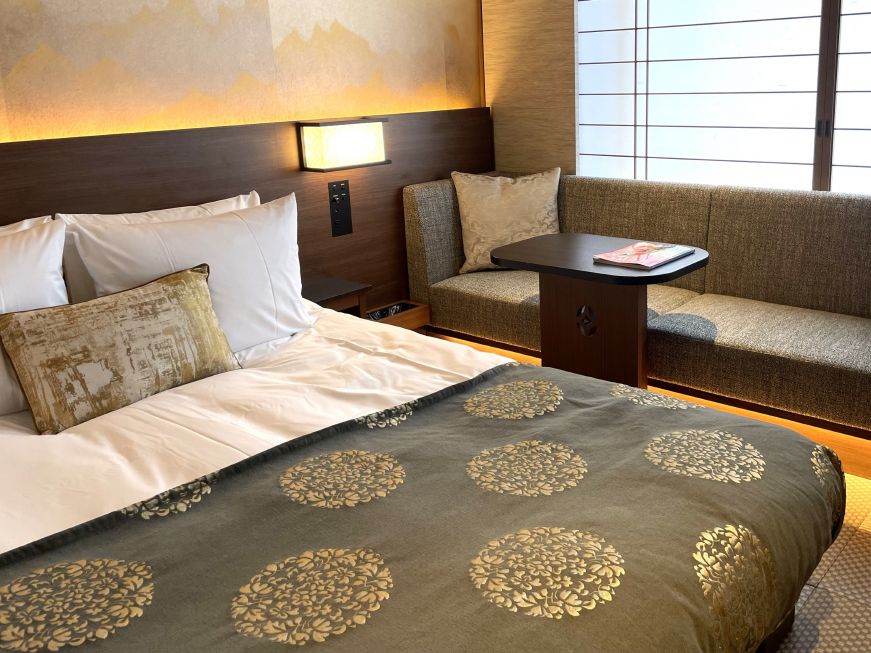
4. Book hotels directly.
We've saved a significant amount of money by booking hotels directly rather than relying on a third-party service like Booking.com. Plus, we've occasionally received a complimentary late check-out by booking directly, which allowed us to do some additional sightseeing.
If the hotel doesn't have an English version of their website, you can use your browser to translate it. However, if there is an English website that's a good tip off that they likely have English-speaking staff and/or English signage, menus, and so on.
5. Hire a freelancer on Fiverr to make restaurant reservations.
Kaiseki (traditional Japanese fine dining) restaurants require reservations several days in advance. However, they often only accept reservations by phone, in Japanese, making it tricky for tourists to book tables. I had a great experience using a Japan-based freelancer on Fiverr to make a reservation—for less than $15 (including a tip), she reserved our table and ordered our preferred tasting menu. It was absolutely worth it, and I highly recommend her services—here's her profile on Fiverr.
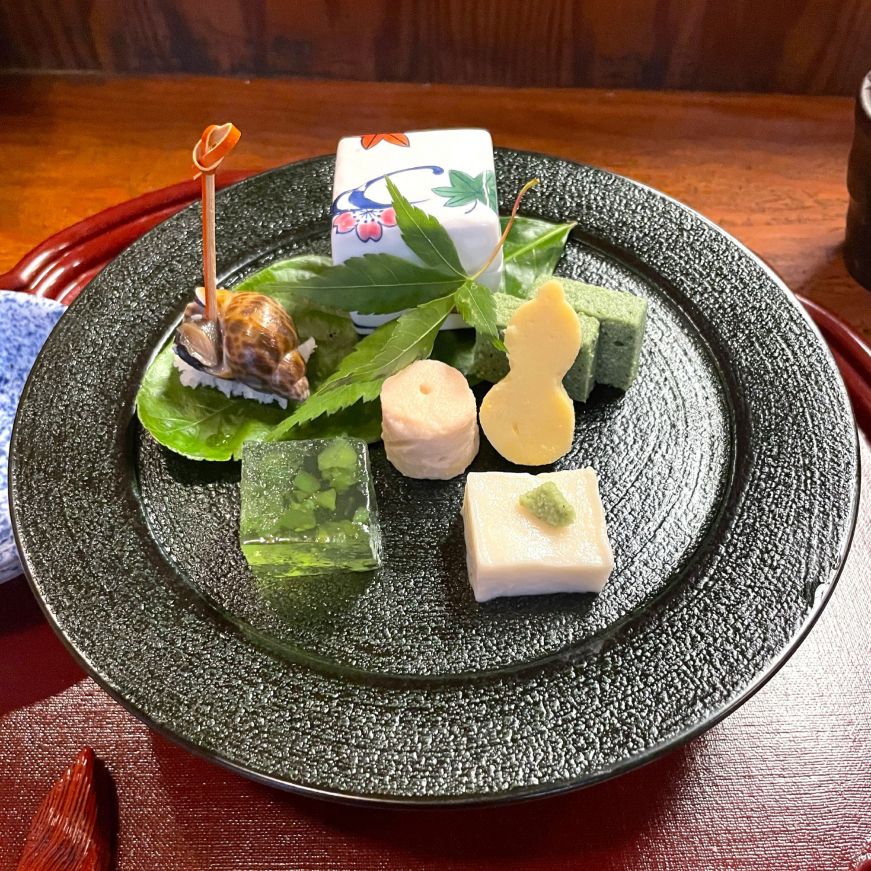
Packing
6. Pack modest clothes in neutral colors.
On my first trip to Japan, I wore my typical summer attire—a colorful sundress, or a t-shirt paired with a knit skirt that hits a few inches above my knee. I looked very out of place in Japan, where the dress is quite modest and neutral by U.S. standards. For women, knee length or longer skirts and dresses are the standard. I didn't see anyone wearing tank tops or leggings, and looser fits were the norm. Crowds were a sea of black, white, brown, gray, and navy, with very few bright colors or flashy patterns. I only saw Japanese people wearing shorts if they were hiking or jogging and even then, they were usually wearing tights underneath.
For my second trip to Japan, I mostly wore dresses from Wool& in dark, solid colors that hit below the knee, and felt much less self-conscious about my attire.
7. Pack flat, closed-toe shoes you can walk in comfortably.
Comfortable shoes are a must in Japan—you'll be walking a lot. I recommend close-toed shoes, since temples and shrines have gravel paths, and wearing socks, since you need to remove your shoes at some temples, shrines, hotels, and traditional restaurants. Bonus points if you can easily slip your shoes on and off.
My go-to shoes for Japan are my Allbirds Tree Pipers. They're practical for hiking and being on your feel all day, and they look cute with dresses and skirts.
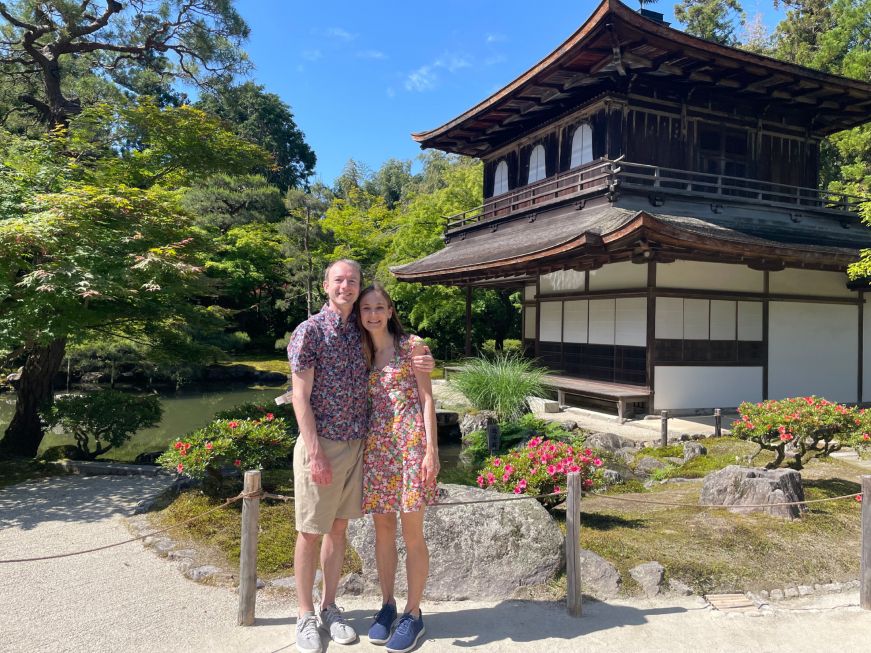
8. Bring a wifi hot spot.
We used cell phone data constantly during our trip: to navigate by mass transit and by foot, to translate menus and signs, to look up the hours for restaurants and attractions, and much more. We love our Solis Lite Hotspot & Power Bank, which we've found to be more reliable than e-sims and cheaper than paying for an international plan from our cell phone provider. You can also use it as a power bank, which is a nice bonus when your phone battery is running low.
9. Use a small suitcase.
Japanese hotel rooms are a fraction of the size of hotel rooms in the U.S., so leave the ginormous suitcase at home. In addition, if you're traveling between cities via train you'll need to maneuver your luggage through mass transit or pay to ship it, with higher shipping rates for larger items.
Etiquette
10. Speak quietly.
One of most noticeably different things about Japan compared to the U.S. is how quiet people are in public—a subway station in Japan was quieter than a library in the U.S. Japanese people speak softly (or don't talk at all) on mass transit, on the street, and in indoor spaces like stores, coffee shops, and restaurants. Mike and I aren't especially loud talkers, but we had to bring our volume down significantly to blend in.
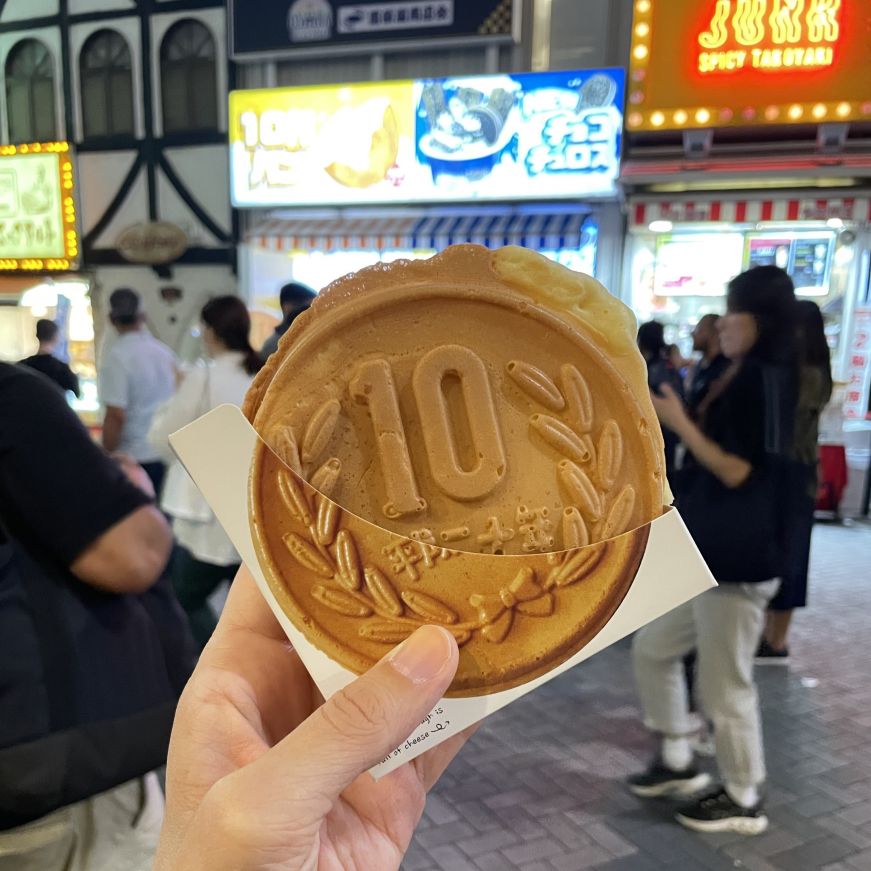
11. Don't eat while walking around.
Street food is prevalent in Japan, but you're not supposed to eat it while you're walking around—that's bad manners. Instead, eat in front of the stand or stall where you bought the food—sometimes there will be a chair or two, or sometimes there's an area with a counter and a small garbage can. Some parks or attractions will have seating areas with several benches, and it's typically okay to eat there too.
12. Throw away your garbage at the food stall, or bring it with you.
There is virtually no litter in Japan, which is remarkable given the lack of public garbage cans. We asked one of our tour guides about it, and he seemed a little baffled by the idea that you would expect a place to throw away your garbage in public—you're supposed to bring it home. However, food stalls will often have small garbage cans where you can throw away the specific waste from the item you purchased there, like a wooden skewer or wrapper. Occasionally you'll spot a garbage can at a train station that serves long-distance routes. But for the most part, you need to bring your garbage with you and throw it away at your hotel.
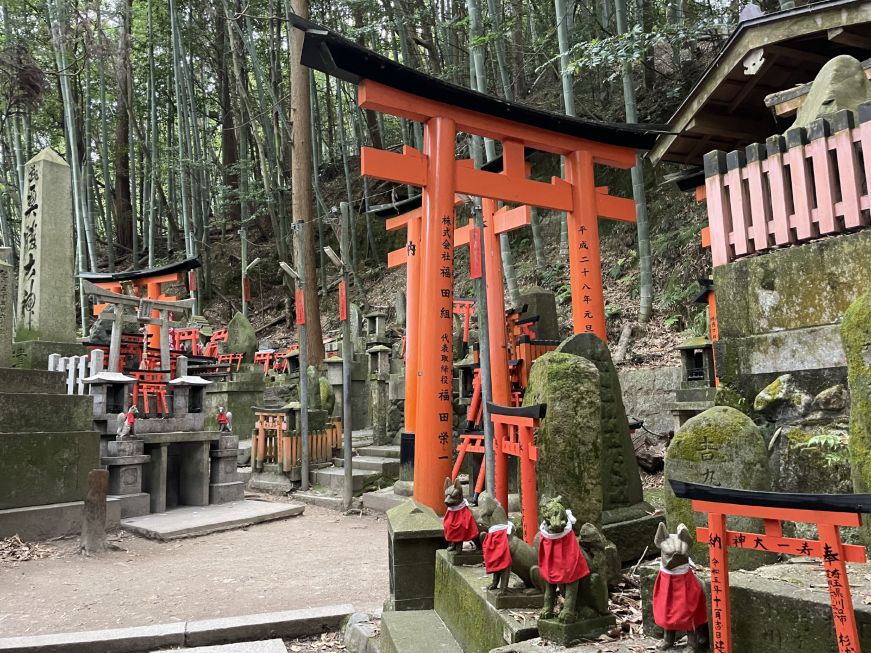
13. Be mindful of your behavior at temples and shrines.
Many of top tourist sights in Japan are temples and shrines—remember that they are places of worship, first and foremost, and behave respectfully . Obey any signs regarding photos (often photography is prohibited inside buildings and of religious statues). Take off your shoes if there's a sign instructing you to do so. Make sure you're not obstructing people who are there to worship.
During our visit to Senso-ji Temple in Tokyo I watched a woman with a selfie stick take a video of herself as she talked loudly and stood in front of the offertory box, oblivious to the sign saying that photography was prohibited and the worshipers trying to make their donations and pray. Don't be that person.
14. Wait your turn.
Japan is the most organized country I've ever visited—there are orderly lines for everything, including boarding subway cars during rush hour. If you're not used to the queue-focused culture, it's easy to accidentally cut people off, so double check for a line.
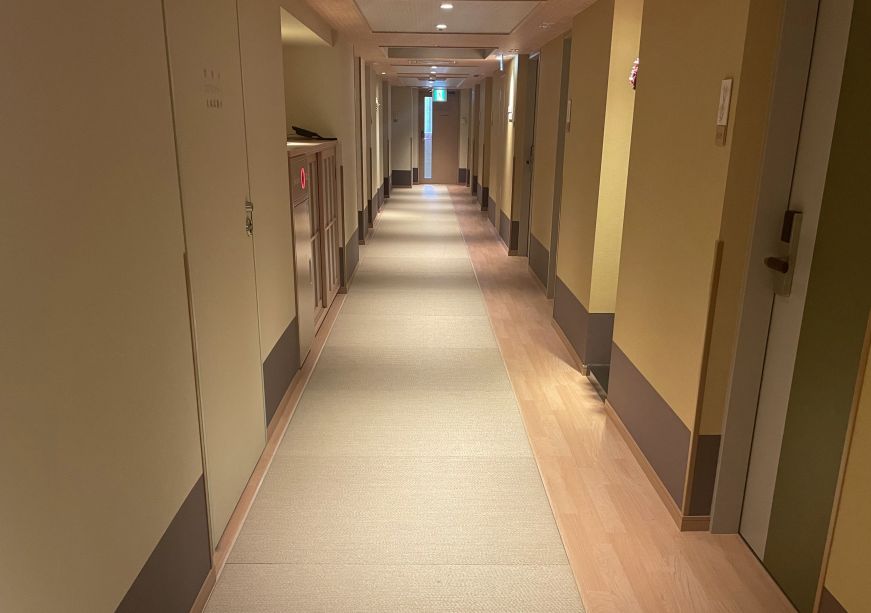
15. Remove your shoes when requested.
Some temples, historic buildings, hotels, and traditional Japanese restaurants have tatami mat floors, made with built-in woven grass mats. Walking on the mats with shoes soils and damages them, so you need to remove your them at the door. It will be made very clear if you need to remove your shoes, via signage, a row of shoes, and/or shelves for shoe storage.
Unexpectedly, the cat cafe we visited in Osaka—which was in a modern building with hardwood floors—required that we remove our shoes, but that was the only non-tatami mat setting where we had to do so.
Money
16. Carry plenty of cash.
In the U.S., Canada, and Europe, I'm accustomed to using my credit card for nearly every purchase. However, in Japan, many shops and restaurants are cash-only. Street food and market vendors tend not to accept cards. Admission to temples and shrines is nearly always cash-only. Make sure you have plenty of Japanese currency on hand—ATMs are fairly prevalent, and the Seven Bank ATMs at 7-11 convenience stores work with U.S.-based debit cards.
17. Put your card or cash in the tray.
Instead of handing cash to the cashier, place it on the small tray on the counter. Sometimes they'll put your change back in the tray, and sometimes they hand it to you—it doesn't seem like there's a hard-and-fast rule for that portion of the transaction.
Mass Transit
18. Buy an IC card.
Japan's mass transit system is wonderful, but paying for fares can be complicated—transit systems are privately owned and operated, and large cities have multiple transit companies. This means that you may have to pay multiple fares on the same trip as you transfer between subway lines or from a bus to a subway. The best way to handle this is to use an IC card, which is accepted by all of Japan's transit companies thanks to reciprocity agreements. You can also use an IC card to make purchases at some businesses (especially convenience stores) and vending machines.
There are a variety of IC cards available, and you can also get a digital version if you have an iPhone. Since we've started our trips in Tokyo and Mike doesn't have an iPhone, the best option for us was to purchase physical Welcome Suica cards at Haneda Airport. This article does a great job explaining the different options, and there's even a decision tree to figure out the best option. We relied on this Tokyo-specific article for instructions to buy our Welcome Suica cards.
19. Use Google Maps or Apple Maps to navigate mass transit.
Prior to our first trip, I was terrified of Tokyo's mass transit system. I had heard horror stories about getting lost for hours in the sprawling stations, the subway map resembles a multi-colored tangle of spaghetti noodles, and I can't speak or read Japanese. However, transit was so much easier than I thought it would be: stations and trains have English signage and Latin transliterations of station names, and the stops are typically labeled and announced by a letter and/or number in English (i.e. M14).
But the most important step was to use Google Maps or Apple Maps for transit directions. Map apps will direct you to the appropriate station entrance, platform, and exit in addition to telling you which train to take. Map apps were also helpful for bus directions, directing us to the appropriate bus stops and telling us when we should disembark.
20. There may be transliteration differences in location names.
There are different approaches to transliterating Japanese characters into the Latin alphabet, and occasionally the name of the street, train station, or other landmark in our navigation instructions or guidebook would vary slightly from the English signage. Generally, if it looks close enough and makes sense, just go with it. For train and bus stops, we found it handy to double check the stop number instead of relying solely on the name.
21. Luggage lockers are plentiful and huge—but make sure you can find your way back.
Train stations have luggage lockers of all sizes, so you can easily sightsee without your luggage. For example, when we arrived in Osaka and wanted to do some sightseeing near the train station, we rented a locker for 700 yen (about $5) that accommodated both of our suitcases and my backpack.
But this part is very important: make sure you know how to find your luggage! Some Japanese train stations are massive, with multiple floors and dozens of entrances, and the luggage lockers are scattered throughout. At larger stations, take photos or make notes of your route so you can retrace your steps and find your locker again. One of the most unpleasant 30 minutes of our travel career when we couldn't find our luggage locker and kept wandering in circles around Osaka Station as I became increasingly anxious that we would never find our belongings. We ultimately were able to figure out how to retrace our steps, but better documentation would have saved us a lot of angst.
22. Take a ride on Tokyo's Yurikamome Line.
We rode Tokyo's Yurikamome Line on the way back from our walk across the Rainbow Bridge, but I think it's worth riding in its own right even if you're not walking across the bridge. The line itself is quite unique—it's fully automated and makes a 270-degree loop to get from ground level to the level of the Rainbow Bridge—and it offers panoramic views of mainland Tokyo, the artificial island of Odaiba, and the futuristic-looking buildings with floating parks along the route. Grab a seat in the front car for the best views.
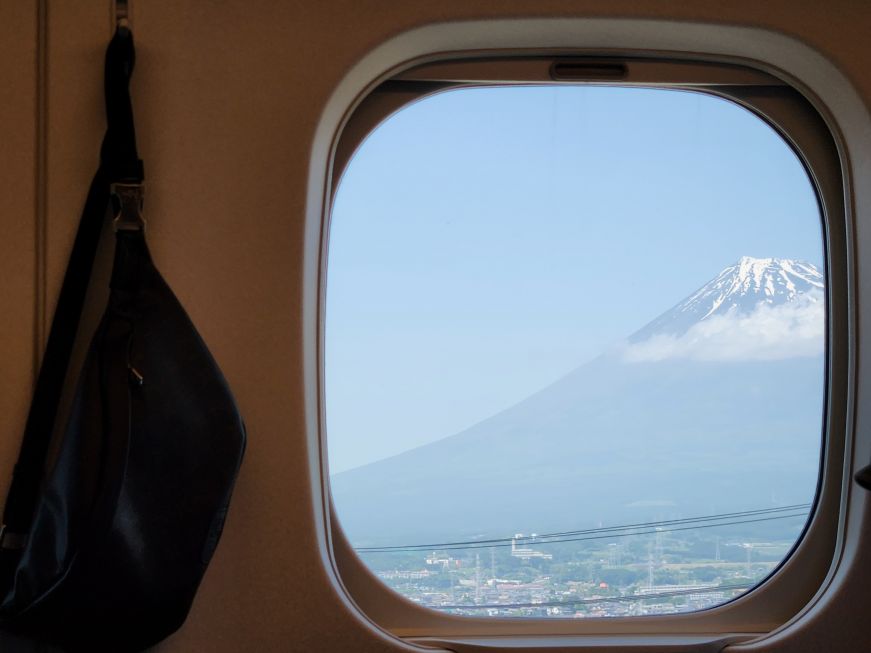
23. Sit on the right side of the Shinkasen from Tokyo to Kyoto.
If you take the Shinkasen (bullet train) from Tokyo to Kyoto, sit on the right side for the best view of Mount Fuji. There will be an English announcement over the PA system when it's in view. If you're traveling the opposite direction—Kyoto to Tokyo—sit on the left side.
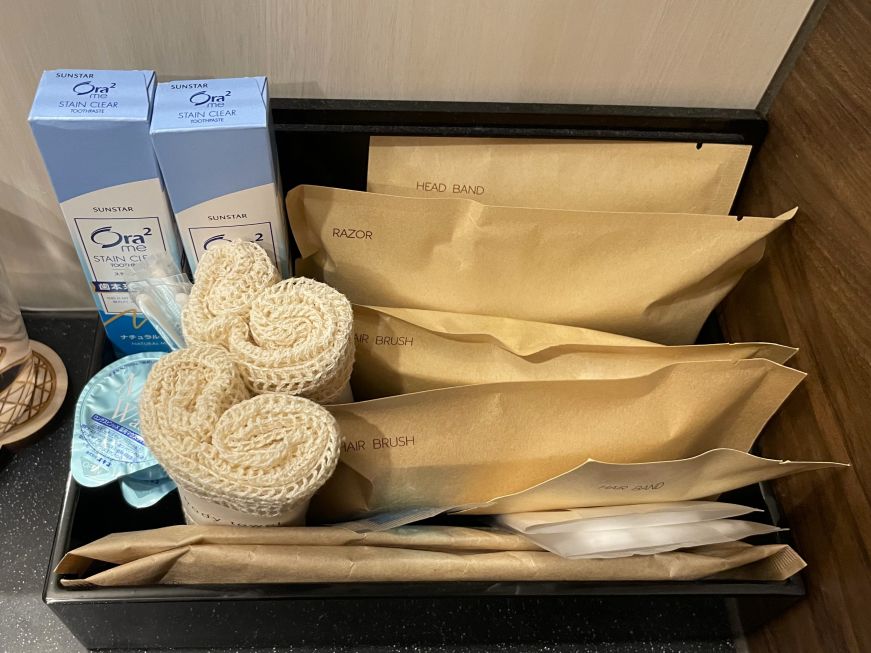
Accommodations
24. Take advantage of the free amenities.
If you forgot a toiletry item at home, don't worry—your hotel will probably have a complimentary option. Every hotel we stayed at offered shampoo, conditioner, shower gel, q-tips, toothbrushes, and toothpaste, and other amenities we encountered included face wash and face moisturizer, hair brushes, hair ties, mouthwash, and razors. The exception was body lotion—it doesn't seem to be a common amenity, so bring some from home or plan on buying some.
25. Consider shipping your luggage between hotels.
In Japan, it's common for travelers to ship their luggage between hotels. Trains (especially the Shinkansen) have limited space for luggage, and it's a hassle to drag your suitcase through the train station. Instead, you can have your luggage delivered to your destination. Typically, it takes one to two days and the hotel staff will handle the paperwork for you.
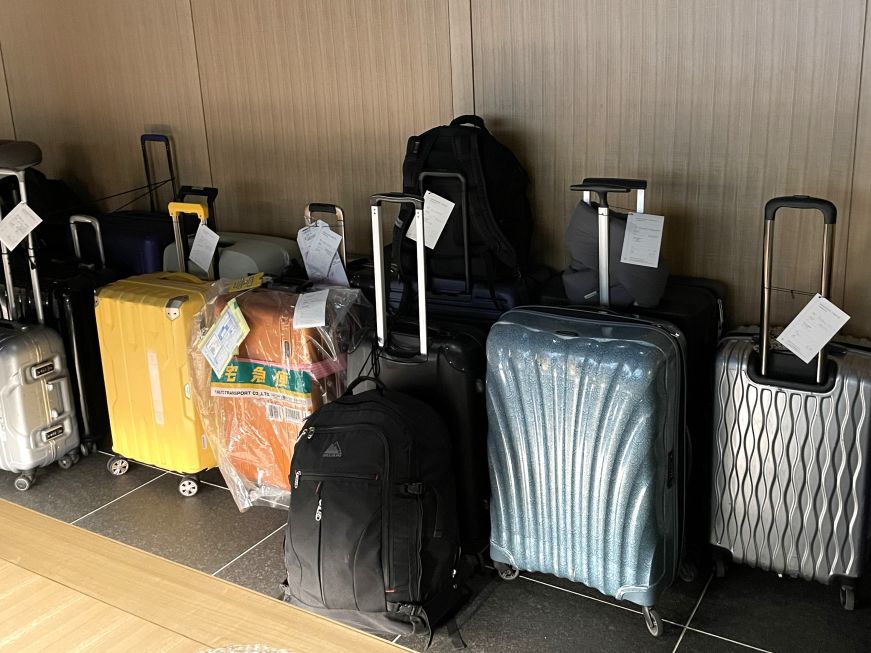
Restaurants
26. If there's a wait, take a seat.
Japanese restaurants often have a row of chairs outside the restaurant or just inside the door—they're for patrons to wait for a table. If there's a wait, take a seat in first open chair closest to the host stand or entrance, and move up to the next chair as the people ahead of you are seated.
27. Don't put your bag on the floor.
In Japan, it's considered unhygienic and unlucky to put your purse on the floor. Instead, there will be a hook under the table or a wire basket under your chair to accommodate your bag, as well as your umbrella and other items. Some counter-service cafes we visited had folding black stools that you could grab and set up next to your table for your purse.
28. Use Google Translate if there isn't an English menu.
If there isn't an English menu, or if the translation is incomplete or seems wonky, use Google Translate. You simply take a picture of the menu and the app inserts English text over the Japanese text—which is very helpful since then you can point out your order to your server.
We also found Google Translate useful for translating exhibit text at museums, packaging labels at shops, and various signs.
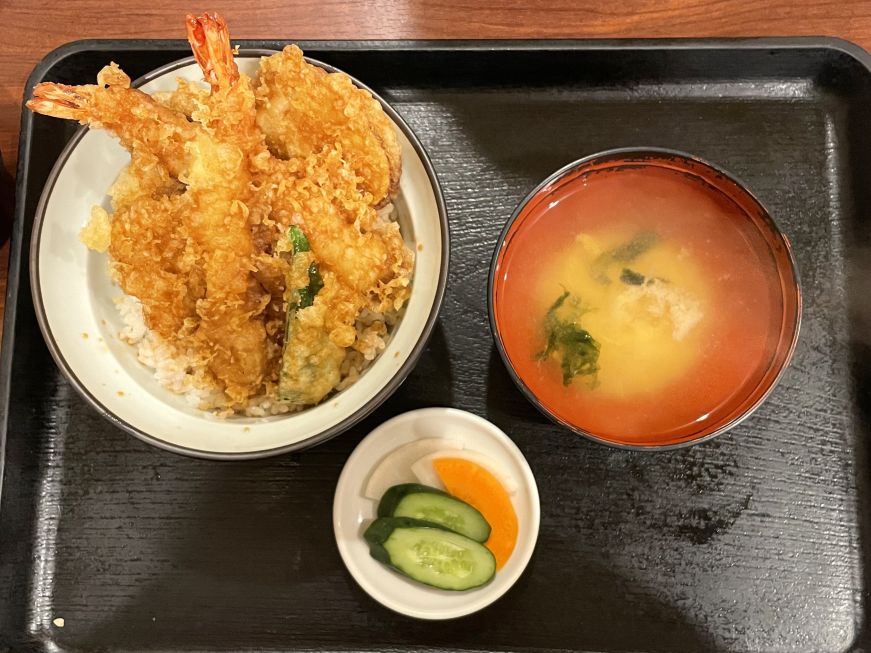
29. Order a set meal.
Most restaurants and cafes offer set meals, which typically include a few different dishes, a beverage, and sometimes a miniature dessert. We also came across breakfast and dessert sets, which were usually a breakfast item or dessert plus beverage for a cheaper price than buying the items individually. Set meals are a great way to try a variety of dishes and tend to be good deal, especially at lunchtime.
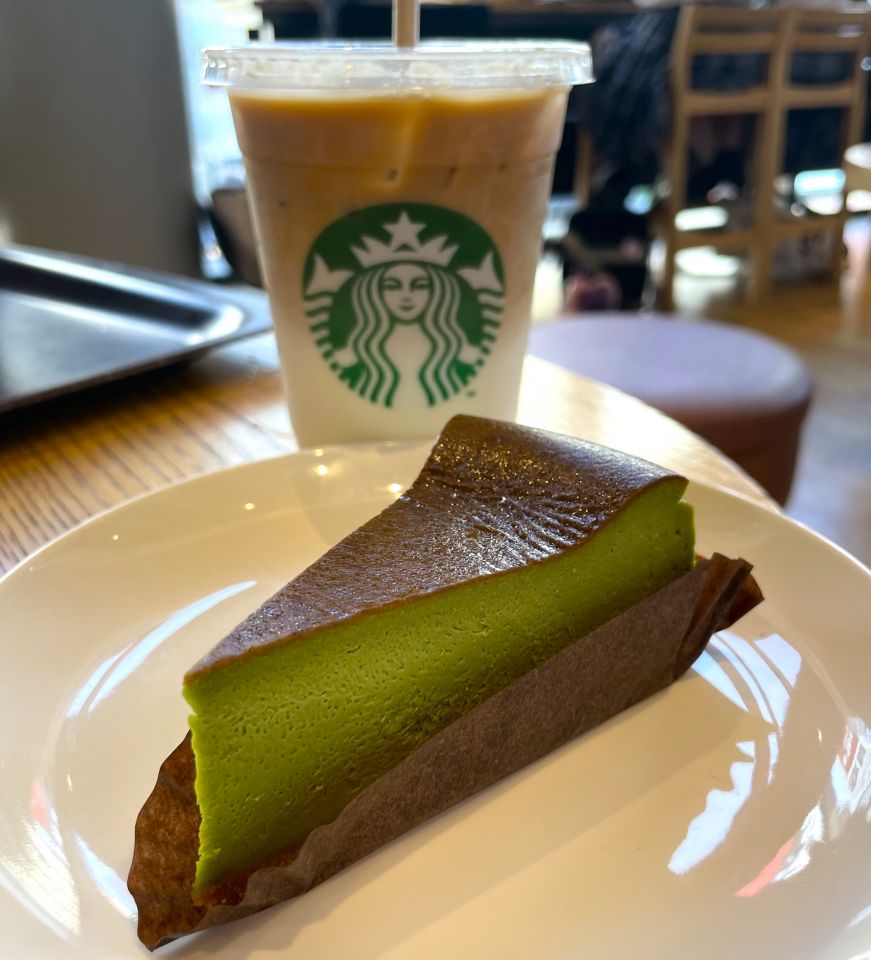
30. Don't write off Western chains.
It might seem like a cop out to eat at a Western chain restaurant during your vacation in Japan, but it can be an interesting cultural experience—often, the menu and decor are tweaked to appeal to a Japanese clientele. For instance, the bakery items at Starbucks are of a much higher caliber than in the U.S., with locally-inspired items like Uji matcha cheesecake. McDonald's Japanese locations serve teriyaki burgers and macarons.
31. Pay at the front.
At full-service restaurants in the U.S., you typically pay at your table, but in Japan, you pay at the front—even at upscale spots. Typically, your server will bring you your receipt with or shortly after delivering your food. If not, you can request the bill when you're ready to pay.
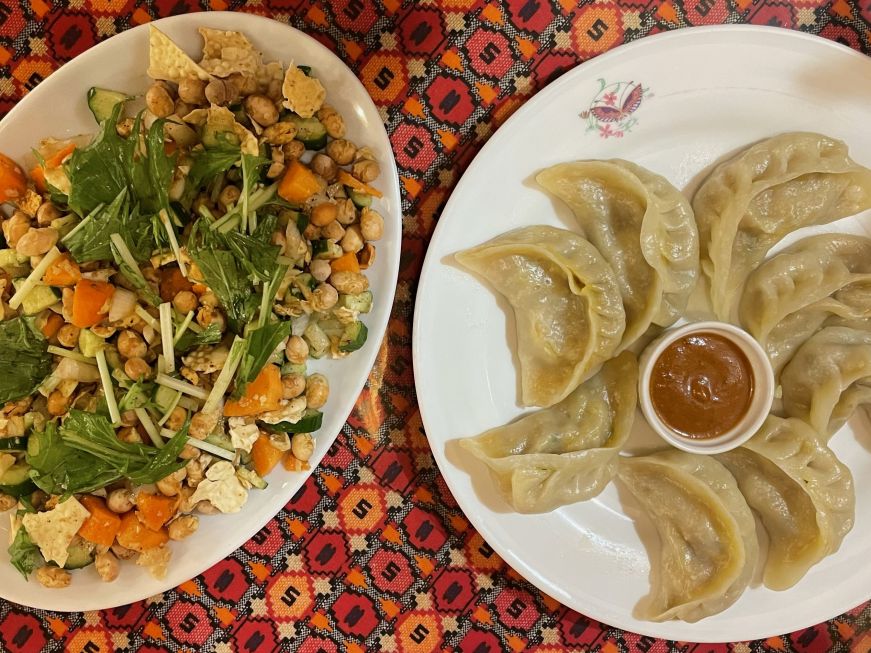
32. It's okay to take a break from Japanese food.
Eating Japanese specialties was one of the highlights of our trip, but if you're burned out on the local cuisine it's okay to seek out some variety. Japan has countless restaurants serving international fare—we enjoyed a delicious meal at Yak and Yeti Nepali Restaurant in Kyoto, authentic Neapolitan-style pizza at Salvatore in Tokyo, and Korean food at Tokyo Sundubu in Kyoto. We also typically ate Western-style breakfasts of pastries, yogurt, and fresh fruit from convenience stores.
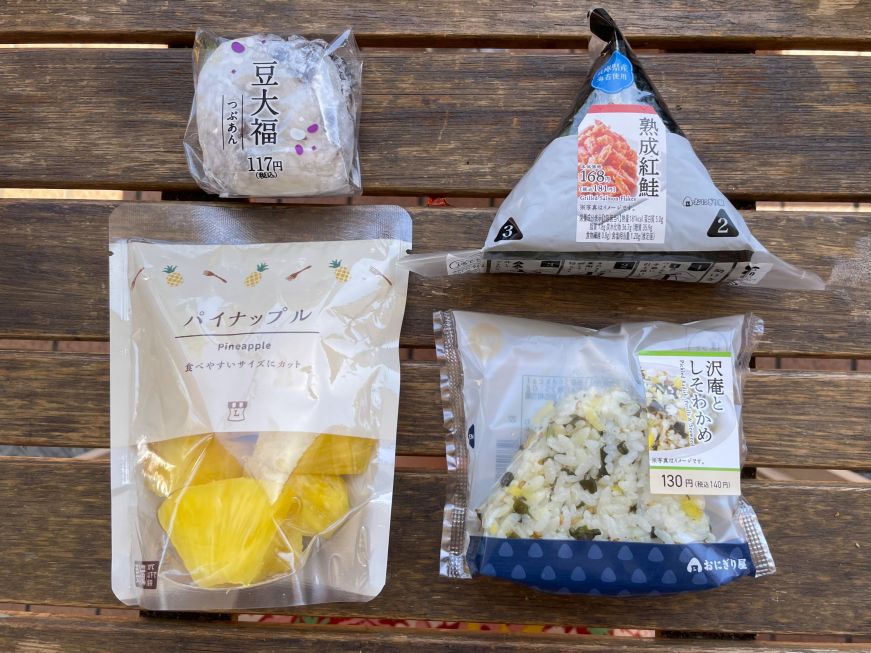
Shopping
33. Buy convenience store food for quick, budget-friendly, balanced meals.
Unlike their U.S. counterparts, Japanese convenience stores have a huge variety of fresh, high-quality food, including onigiri (rice balls filled with fish, meat, or vegetables), sushi, sandwiches, salads, bento boxes, noodle dishes, and single-serving portions of fruit, plus an impressive selection of baked goods, beverages, candy, and snacks, all at budget-friendly prices. The largest chains are 7-11, Lawson, and Family Mart, and if you're in an urban area you're never more than a few blocks from one of them.
Convenience stores were our go-to breakfast stop, as well as where we purchased items for some lunches and snacks. Larger convenience stores even have seating areas and microwaves for heating up your meal.
34. Browse an antique and flea market.
Visiting an antique and flea market is great way experience Japanese culture and find unique souvenirs. They're often held on the grounds of temples or shrines that you may be visiting anyway. We happened upon a market in Ueno Park, and it was especially fun to browse the chopsticks and chopstick rests, bonsai supplies, pottery, and textiles. Here's a list of Japan's most famous antique and flea markets.
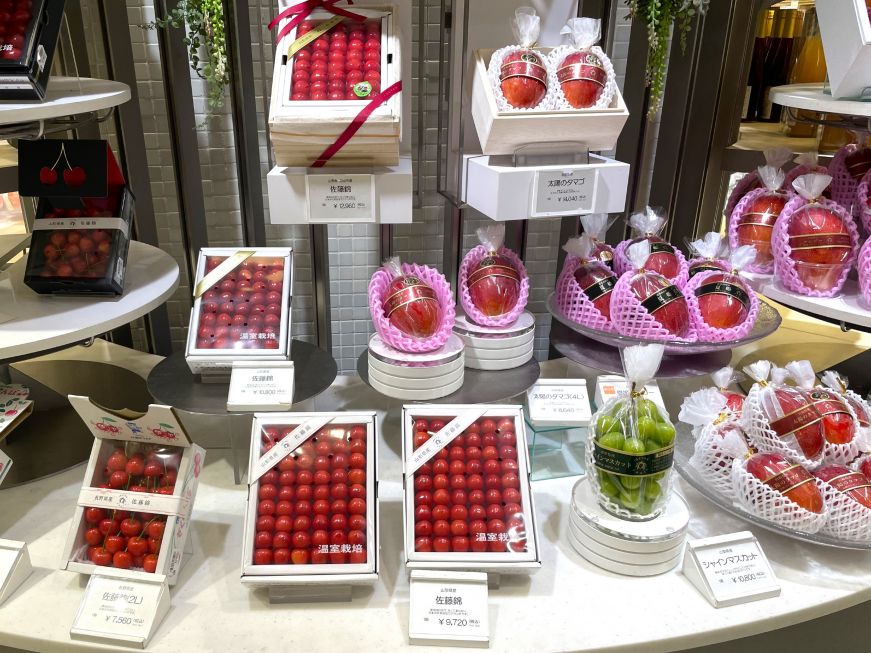
35. Check out a department store.
Japanese department stores, or depato, are a wonderful way to get a feel for Japan's aesthetically-focused culture. Depato span several floors, and in addition to clothing, accessories, and home goods, there's typically a food hall in the basement and cafes and restaurants throughout. I loved seeing the kimono departments and the elegant desserts and fruit gift baskets in the basement food halls. The Isetan location we visited in Tokyo was especially luxurious and even had a rooftop garden with a shrine.
36. Visit a 100 yen shop.
On the other end of the spectrum, 100 yen shops have a dizzying array of products priced at 100 yen, or about $0.65. The best known chain is Daiso, with others including Can Do and 100 Seria. We visited a few different Daiso locations and were impressed by the wide range of items, including snacks, stationary, craft supplies, electronics, kitchen items, home decor, cosmetics, and even camping supplies. 100 yen shops are a great spot to get souvenirs like stickers, toys, and small packages of snacks. For the price, the quality of items is excellent—we bought several pairs of sturdy, dishwasher-safe plastic chopsticks.
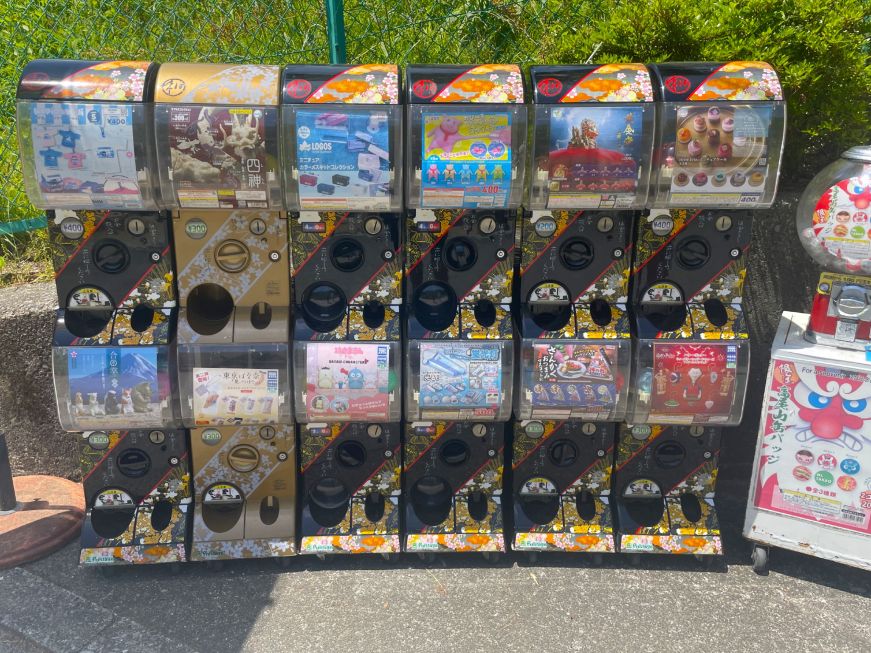
37. Peruse the capsule toy machines.
Capsule toy machines are ubiquitous throughout Japan—you'll see them at train stations, on the street, and at attractions. For 300-500 yen (about $2-$3.25) in coins, you get a randomly selected plastic capsule with a small toy, key chain, or charm. The attention to detail and quality is impressive, making them fun and relatively inexpensive souvenirs. I couldn't resist the allure of the food capsule toys, and I'm the proud owner of a tiny cake, a miniature bento box, and a plate of mini onigiri. Mike got a replica of Osaka's Umeda Sky Building from a capsule toy machine in the building's observatory. Common options include anime and Disney movie characters, animal figurines, and miniature furniture, but I'm pretty sure that if a thing exists somewhere in the world, someone has made a capsule toy version of it. There are entire stores devoted to capsule toys, some with thousands of machines.
Bathrooms
38. Free, clean public bathrooms are plentiful.
It's easy to find public bathrooms in Japan, and they're typically quite clean and free of charge to use. We found bathrooms in most train stations (including smaller local stations), parks, and near popular attractions, like the Tokyo Metropolitan Government Building Plaza.
39. If you took off your shoes, use the bathroom slippers.
If you're using the bathroom at a place where you had to remove your shoes at the entrance, such as a traditional restaurant, there will be bathroom slippers for you to wear so that you don't have to walk into the bathroom in your socks. Just slide into the slippers on your way in and slide them off on your way out.
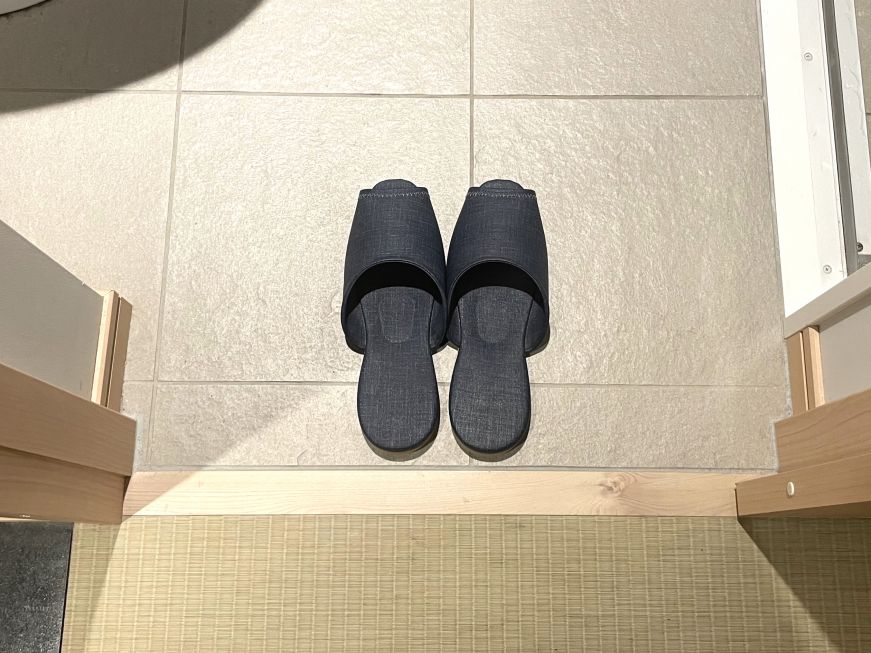
40. Bring hand sanitizer.
Public bathrooms in parks, temples, and other attractions usually don't have soap, so it's a good idea to bring hand sanitizer to use. Restaurant bathrooms do have soap, so you can wash your hands before a meal.
41. Purchase a small hand towel.
Public bathrooms also don't have towels—Japanese people carry small washcloth-sized hand towels with them, often with fun patterns and bright colors. You can buy cheap towels at 100 yen shops or fancy designer-branded towels at department stores.
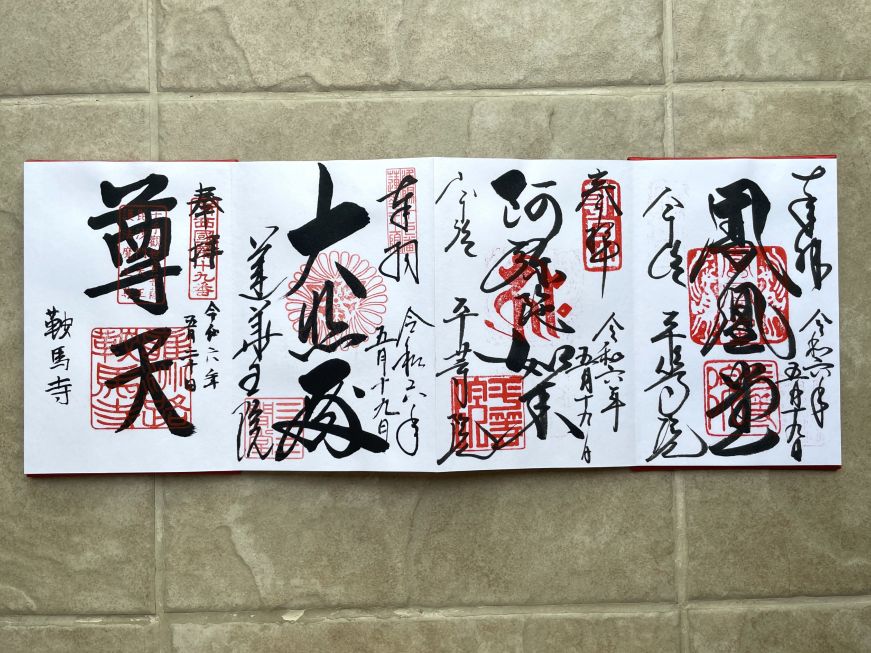
Sightseeing
42. Consider collecting goshuin.
Many shrines and temples have a goshuin, or a seal specific to that place of worship, and you can purchase a special book to collect them (the books usually cost around 1,500 yen, or $10). For a small donation (usually 500 yen, or $3.25), a shrine official will stamp the seal in your book with red ink and then inscribe the date and name of the shrine or temple in calligraphy. It's a unique way to collect memories of your trip, and sometimes you get to watch them inscribe your book.
This article is a great resource for information about goshuin and includes a how-to. I was initially a bit intimidated, but the process at every temple or shrine we visited was straightforward and accessible to non-Japanese speakers.
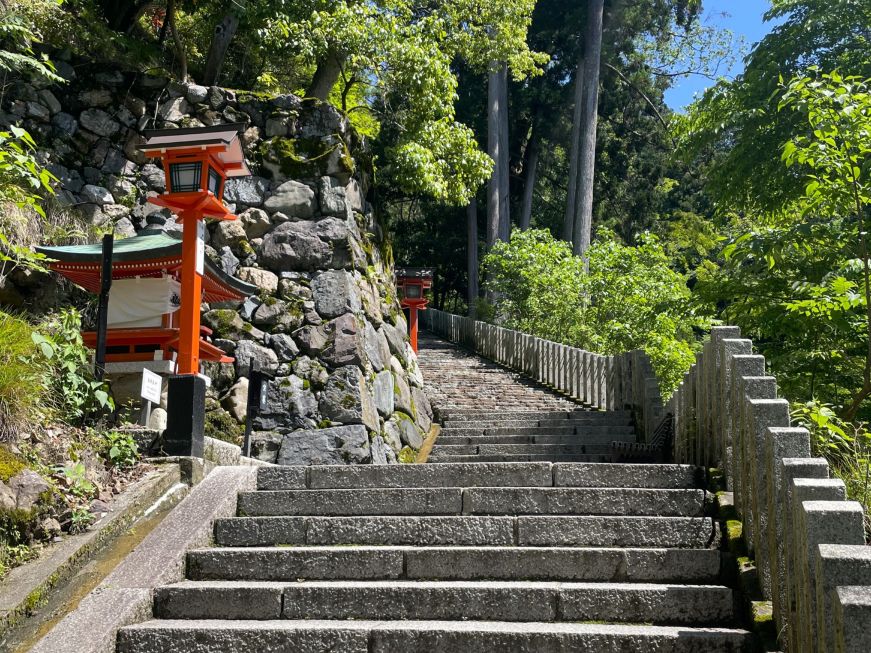
43. Escape the crowds.
The crowds in Japan can be overwhelming, both due to how densely populated the country is and how many tourists gravitate to the same neighborhoods and sights. It can be overwhelming, and it's well worth scheduling in attractions that aren't as busy. All of the parks we visited allowed people to spread out, and in Tokyo we had an especially enjoyable experience at the Imperial Gardens East. One of the most surreal experiences of our trip was walking across Tokyo's Rainbow Bridge—we had it nearly to ourselves.
Kyoto's most popular shrines and temples were so crowded that it detracted from the experience. However, we had wonderful experiences at the smaller, less crowded religious sites along the Philosopher's Path, including Honen-in Temple and Otoyo Shrine. On our half-day trip from Kyoto, we had the Kurama-Kibune hike to ourselves in many portions, and the shrine and temple weren't very crowded.
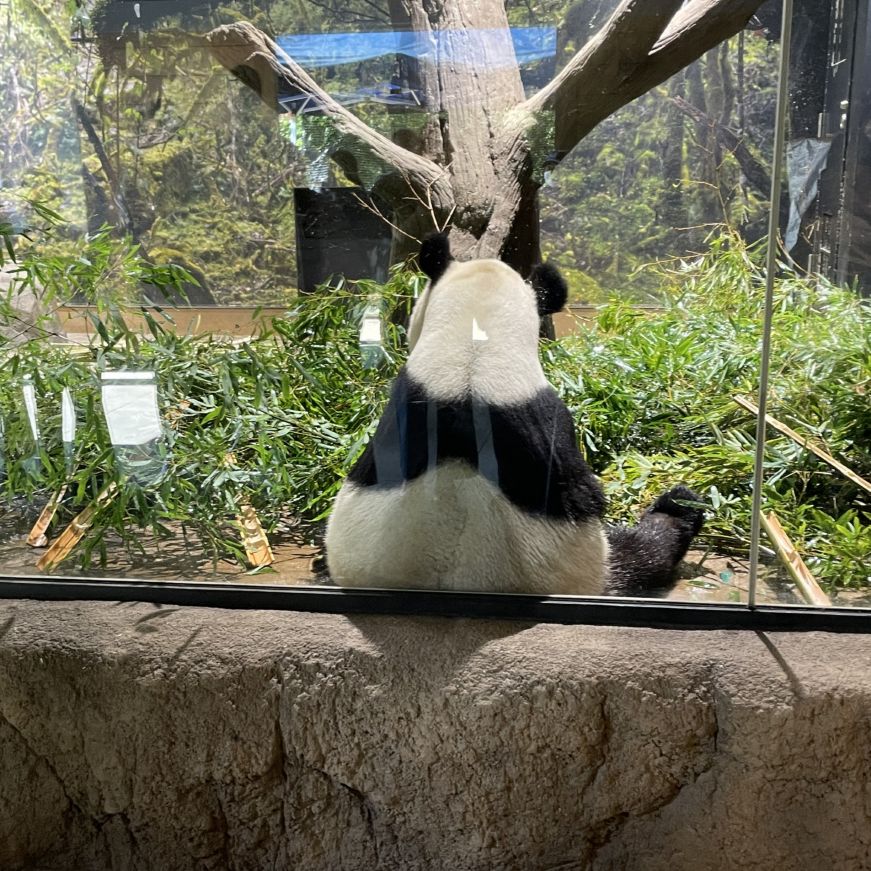
44. Get to Tokyo's Ueno Zoo at least two hours before it closes.
This is a very niche piece of advice, but if you have your heart set on seeing the pandas at Tokyo's Ueno Zoo, know that many animal exhibits close well before the zoo does. We arrived at the zoo at 3:45pm (it closed at 5:00pm) and realized we only had 15 minutes to see the pandas. Sadly we missed out on the sun bears since their exhibit closed at 3:30pm. Most of the animals that were still on display had been moved to their indoor enclosures (which frankly are pretty bleak) so the experience towards the end of the day was less than ideal. I'm still glad we went—admission was less than $4 per person and I got to see a panda, a pygmy hippo, and some very enthusiastic otters—but if Ueno Zoo is a major focus, arrive earlier in the day.
45. Buy food before you get to Kamikochi.
This is another niche piece of advice: if you are visiting Kamikochi in Chubu Sangaku National Park, buy snacks (as well as a lunch, if you're planning to picnic) before you get to the park. Although there's robust tourist infrastructure—hotels, street food stalls, cafes, full-service restaurants—there aren't any convenience stores. Instead, the shops primarily sell souvenirs and nicely packaged local sweets that are intended to be gifted. We were able to cobble something together for our 7-mile hike, but I wish we had brought food with us.
Further reading:
If you enjoyed this post, pin it!

